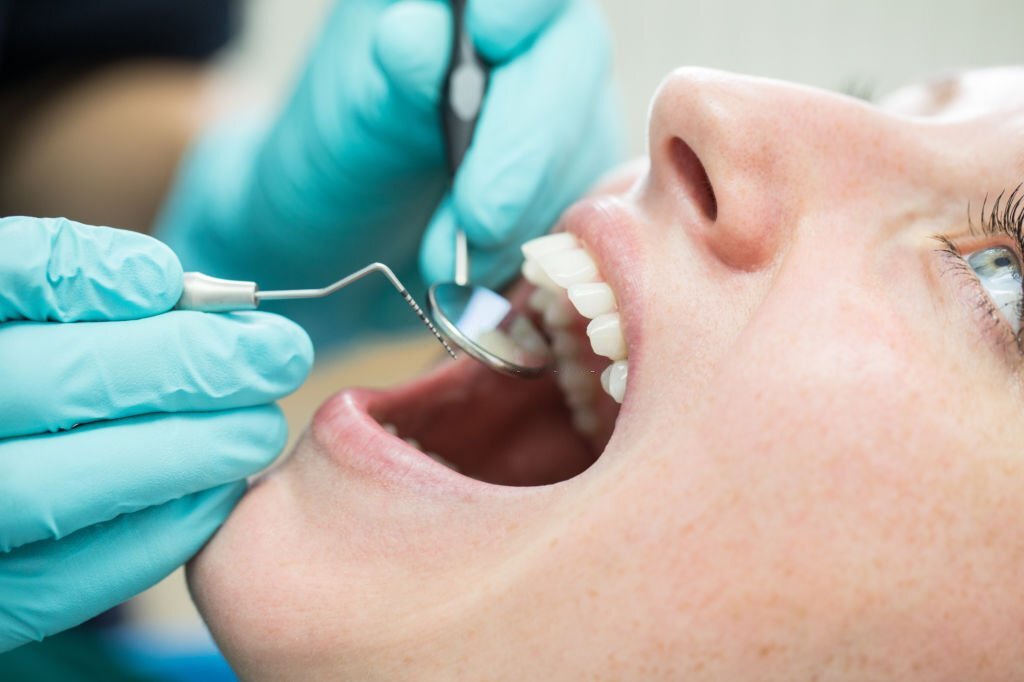Dental health is a crucial aspect of overall well-being that is often overlooked. When a tooth infection arises, it can seem like a mere inconvenience, but the reality is far more serious. A tooth infection, if left untreated, has the potential to become life-threatening. Understanding the risks and recognizing the signs of a severe infection can be crucial to preventing serious health complications, including sepsis and even fatality.
In this article, we will delve into the progression of a tooth infection, the potential for it to become deadly, and the signs you need to watch out for to protect your health.
Understanding Tooth Infections
A tooth infection, also known as an abscessed tooth, is a pocket of pus caused by bacterial infection. This can occur for various reasons, including severe tooth decay, gum disease, or a cracked tooth. These infections are typically painful and can cause significant discomfort.
Signs and Symptoms of a Tooth Infection
Common symptoms of a tooth infection include:
- Severe, persistent toothache
- Sensitivity to hot and cold temperatures
- Swelling in your face or cheek
- Tender, swollen lymph nodes under your jaw or in your neck
- Fever
- Difficulty breathing or swallowing (in advanced cases)
If you are experiencing any of these symptoms, it is crucial to seek dental care immediately. Prompt treatment can prevent the infection from spreading and becoming more serious.
The Risks of Ignoring a Tooth Infection

Ignoring a tooth infection can lead to a cascade of health problems. The infection can spread to the jaw, surrounding tissues, and other parts of the body. In the worst-case scenario, a condition known as Ludwig’s angina can develop, which is an infection that occurs in the floor of the mouth, under the tongue. It can quickly become severe and may block the airways, leading to breathing difficulties.
The Path to Sepsis
One of the most severe complications of a tooth infection is the development of sepsis. Sepsis is a life-threatening reaction to an infection that can damage organs and lead to their failure. It occurs when chemicals released into the bloodstream to fight an infection trigger inflammatory responses throughout the body.
Signs of Sepsis from Tooth Infection
Be aware of the following signs that could indicate sepsis from a tooth infection:
- High fever and chills
- Rapid heart rate
- Rapid breathing
- Confusion or disorientation
- Extreme pain or discomfort
- Pale or discolored skin
Seek immediate medical attention if you suspect sepsis, as it is a medical emergency.
How Long Until a Tooth Infection Becomes Life-Threatening?
The timeframe in which a tooth infection can turn fatal varies greatly and depends on the individual’s overall health, the virulence of the bacteria, and whether the infection has spread. In some cases, a tooth infection can become life-threatening within days, while in others, it may take weeks.
Without treatment, bacteria will continue to multiply, and the infection can spread to other areas of the body. The spread of infection is quicker in individuals with weakened immune systems, such as those with chronic illnesses or those taking immunosuppressive medications.
Tooth Infection Fatality
The fatality rate for dental abscesses is relatively low, but this does not diminish the importance of treating the infection promptly. Sepsis, resulting from a tooth infection, has a significantly higher risk of mortality, especially if not treated promptly.
Treatment Options for Tooth Infections
The primary goal of treating a tooth infection is to eliminate the infection and prevent its spread. Treatment options include:
Antibiotics
Antibiotics are often prescribed to help fight the infection. However, they are not a definitive treatment and should be used in conjunction with other dental procedures.
Dental Procedures
Dental procedures, such as draining the abscess, performing a root canal, or extracting the infected tooth, are necessary to remove the source of the infection.
Surgery
In severe cases, surgery may be required to remove infected tissue that cannot be addressed by less invasive procedures.
Prevention: The Best Defense
The best defense against a tooth infection turning fatal is prevention. Maintaining good oral hygiene practices, such as regular brushing and flossing, and attending routine dental checkups can significantly reduce the risk of developing an infection.
When to See a Dentist
It is important to see a dentist if you experience any signs of a tooth infection. Early treatment is key to preventing complications.
The Role of Diet and Lifestyle in Preventing Tooth Infections
A healthy diet and lifestyle can also play a role in preventing dental infections. Limiting sugary foods and drinks, not smoking, and limiting alcohol can all contribute to a healthier mouth and a reduced risk of infection.
Conclusion
Tooth infections have the potential to become life-threatening if not treated promptly. While the time it takes for an infection to become fatal varies, it is essential to seek dental care as soon as symptoms arise. With proper treatment and preventative care, the risks associated with tooth infections can be significantly reduced.
Remember that your dental health is a critical component of your overall health. By taking proactive steps to maintain a healthy mouth and seeking prompt care when issues arise, you can help ensure that a tooth infection does not become a life-threatening situation.
If you have any concerns about a tooth infection, do not hesitate to reach out to your dentist or healthcare provider. Your health could depend on it.
For More Topics, Visit-: Tratear

